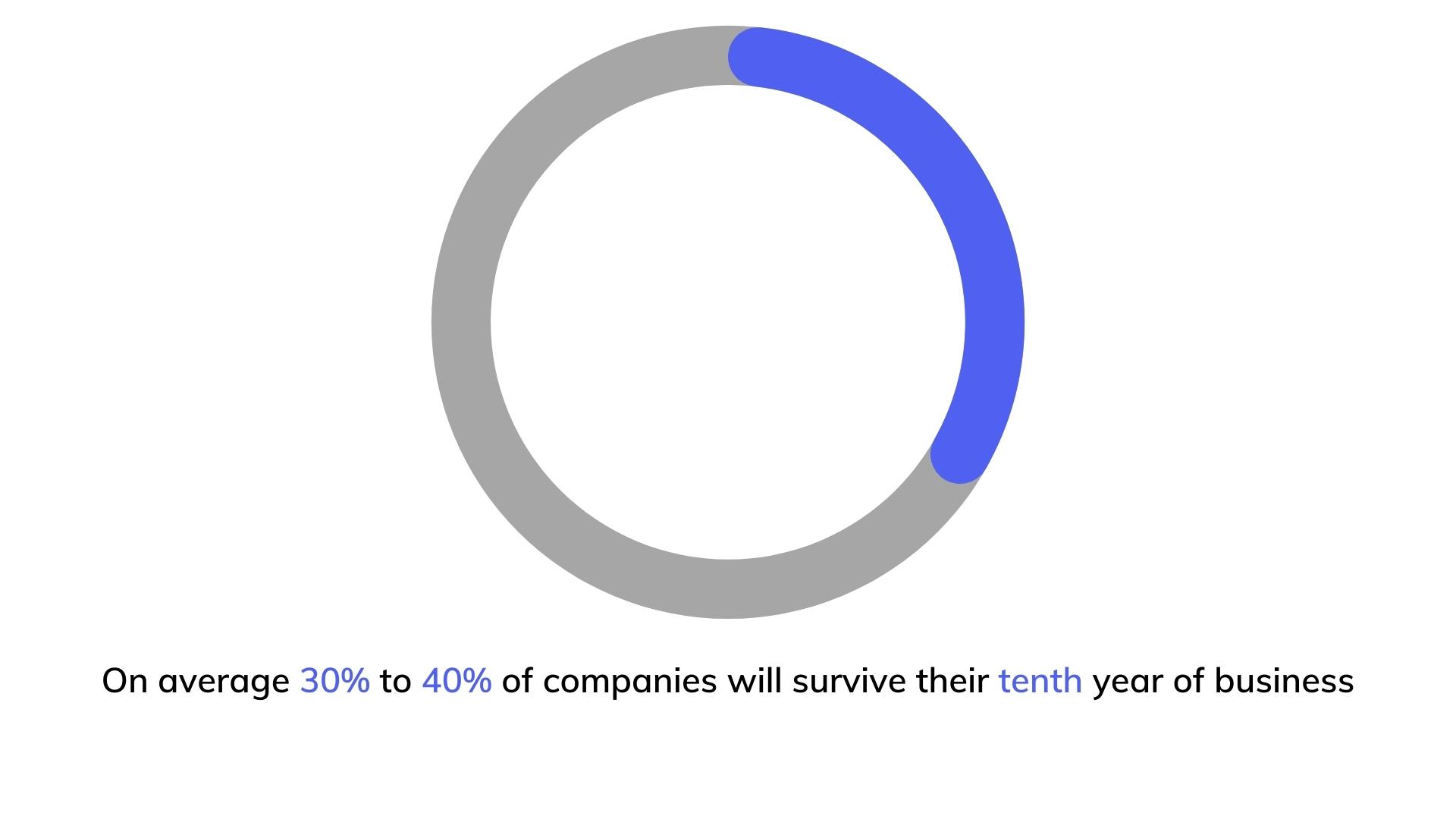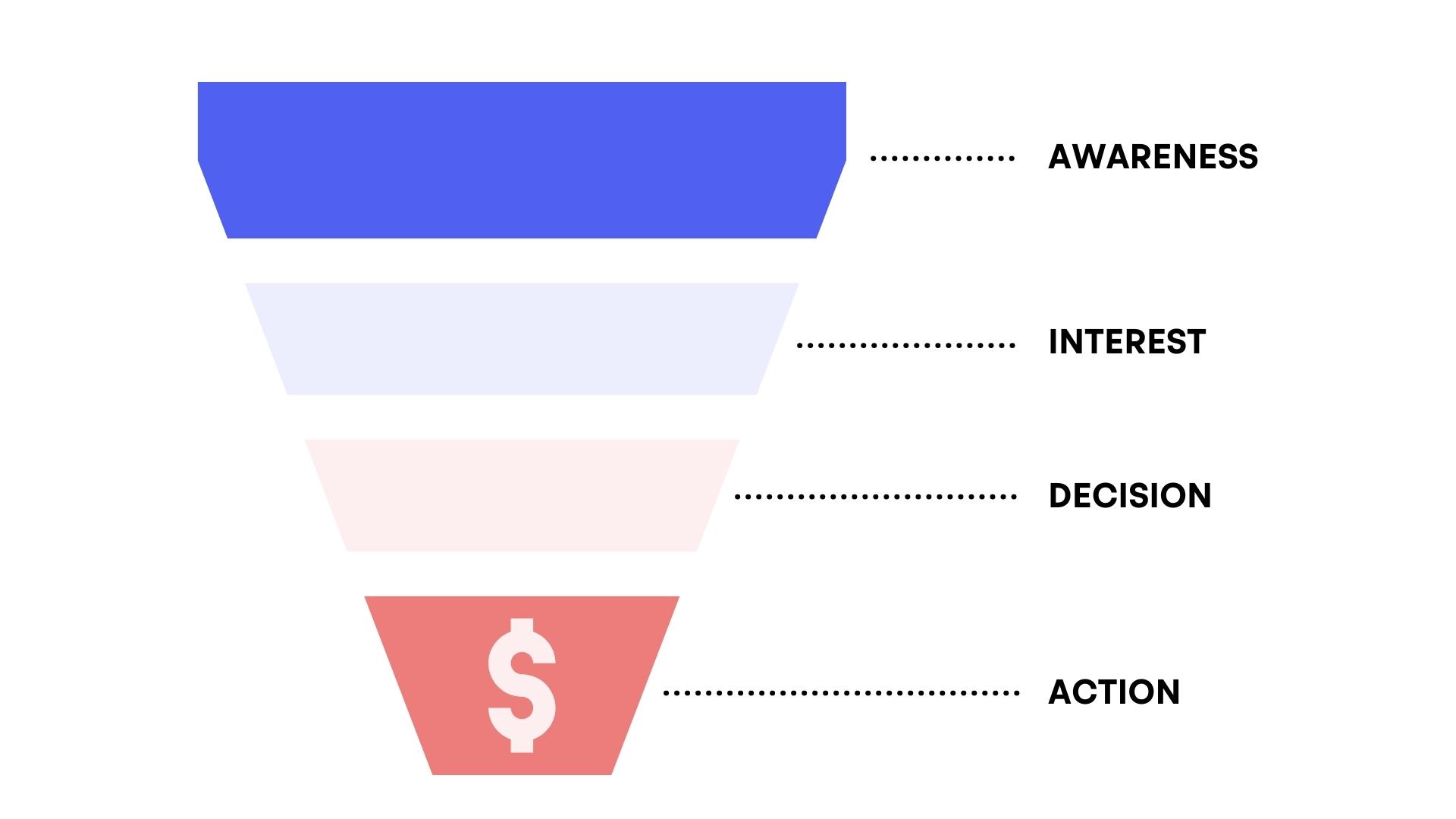Companies aim to grow and get their product out to more people - and, ergo, increase profits. They'll set these big audacious goals but won't prepare for what's needed once they achieve their growth goals.
Do you have the growth strategies in place to set yourself up for true success? When you grow, are you prepared to manage all the extra demand that follows this growth?
This article will fill you in on the crucial strategies, preparation and management required for successful company growth. Stay ahead of the curve of your growth demands to keep the momentum going and avoid potential fallbacks.
Understanding the Stages of Business Growth
Overall, there are five stages of growth:
- Launch. Cash flow is negative because initial startup costs delay the time between sales and profit.
- Profit. During this phase, sales growth increases and cash flow flips to positive.
- Shake-out. Sales are still increasing but not as quickly, signalling possible market saturation or new competition.
- Maturity. Sales decrease and profit margins thin.
- Decline. At this stage, the company is in decline and ready to exit the market.
Statistics show that roughly half of companies will survive their fifth year of business, while about 30% to 40% of companies will survive their tenth. This means that your stage dictates how aggressive your growth plan is.

Preparing for Growth
When you’re preparing for growth, remember that too much can overwhelm your business and leave you drowning. That’s why it’s important to prepare your business by assessing your options and outlining your growth plan. Some goals can include:
- Increasing your marketing penetration.
- Achieving growth through diversification or joint ventures.
- Investing in interconnecting technology, such as customer relationship management (CRM) systems that work with your email system, like Salesforce, will help you to create a more holistic environment for scaling up.
Your plan should include business operation and finance milestones with dates as well as marketing goals.
In conjunction with making plans, make sure you calculate your growth rate (%). There are quite a few growth rate formulas to use, but a quick one is:
With this formula, you can not only see how much you have grown, but you can also get a sense of how much you can grow if you reach a certain revenue milestone
On average, some experts state that the acceptable rate for small business growth is anything between 15% and 25%. Some even go as high as 45%. The real answer depends on your industry and the type of company. Startups and other companies that start from the bottom tend to have much stronger growth rates.
Growth Strategies to Leverage
Build a Sales Funnel
Over two-thirds of companies aren’t measuring or even using a sales funnel. This type of lead nurturing provides numerous opportunities to steward your leads to conversion.

Build Your Email List
While many may think email marketing is a dying tool, it’s not. It stands as one of the most effective tools for companies of all sizes. Email campaigns return about $36 for every $1 they spend. So take advantage of the captured audience you have and nurture it.
Growth requires finding the right talent to execute some of these strategies. If you’re short on time and want to find on-demand professionals that can build high-converting emails or funnels, work with a trusted platform to connect you with the right talent.
Quickly Expand Your Business
Once you understand your stage of growth, you can plan ways to keep business strong. It’s smart and cost-efficient to invest in long-term customer nurturing strategies that can bring you richer returns. And make sure you hire the right talent at the right time at Oomple!
✍️ Article written by: Andy Hughes



